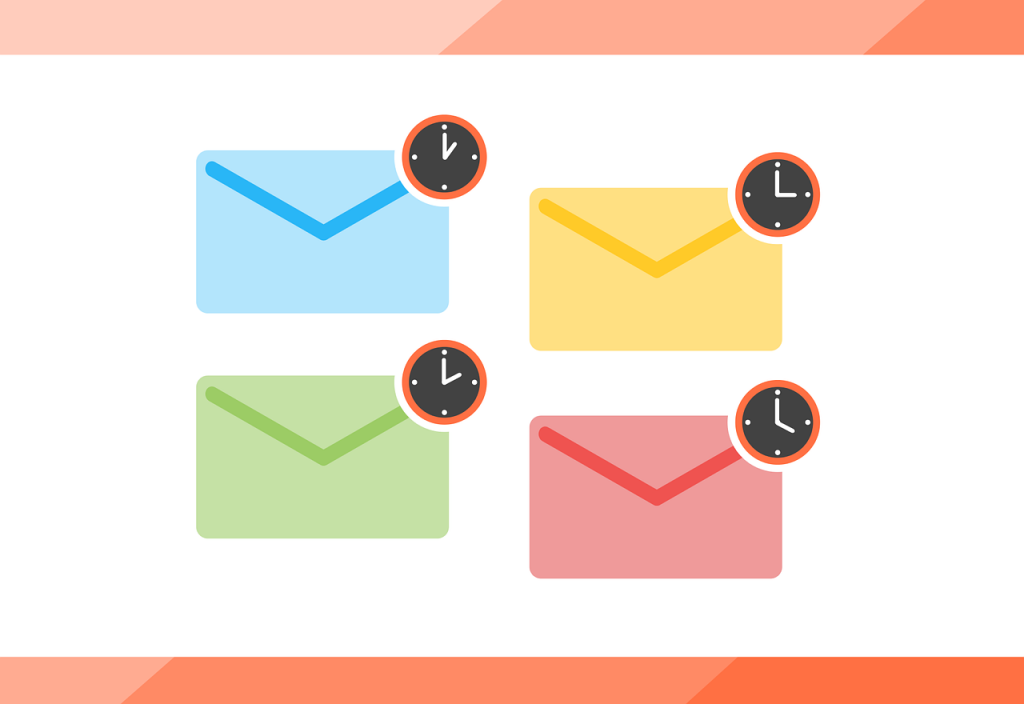
Over the past several years, email has been one of the best lead generation tools I’ve used for making sales. However, the problem with the emails that most salespeople send is that they all tend to resemble SPAM. Do away with generic sales messages and never email a brochure or marketing piece to a cold prospect!
While there are numerous times you can use email for lead generation, I’ve found there are 4 key points in the sales process where I use it most:
1. As an introductory message
Before contacting an executive, identify one or two other key executives who would influence him/her. Then create a message that leverages these people and any high-level info you have on their initiatives. Here’s an example: “Hi John, I’m preparing to make an introductory call to Eric and Sue to discuss a few potential changes to your (recruiting process; payroll process; EAP program). I’d like to ask for a few minutes to discuss this over the phone with you. What is your availability on (date and time) for a 3-5 minute call?”
2. To gain access to key people
After making multiple attempts to reach an executive, I often find that I need to “humanize” my approach with a more personalized email like this: “Hi Betty, I realize that (you’re very busy; you get a lot of calls; you have an existing relationship with another company). At this point, I certainly don’t expect you to make any changes. All I’m asking for is two minutes on the phone with you. If this sounds fair enough, please let me know the best way for us to connect. Thank you for your time.”
3. When they stop responding to my follow-up calls
After I’ve spoken to an executive or even had an initial meeting it’s not uncommon for him to get distracted and fail to respond to my follow-up attempts. This happens to all of us, and the key is to drive the sale by leveraging other contacts (refer back to point #1). Here’s a typical email I’ll send: “Hi Joe, as a next step in the process, I thought I’d call Mary to brief her on our discussion and talk about some of the potential changes that would take place. However, I also want to respect your role in this initiative and invite you to call me if you think my contacting Mary would be premature. Thanks again for your time.”
4. As a last attempt
Hopefully you’ve moved the sale along and have closed it. However, if the prospect fails to respond after several attempts, I’ll send one last email such as this: “Hi Sarah, I know we haven’t been able to connect, which usually means that either you’re too busy for us to talk or it’s not the right timing. I want to respect your time, so please let me know how you’d like me to proceed.”
One last thing: For the subject line in any email, always use something that will spark their curiosity. You could use a co-worker’s name, such as “planning a call to Jane Doe” or something as simple as “Quick Question.”